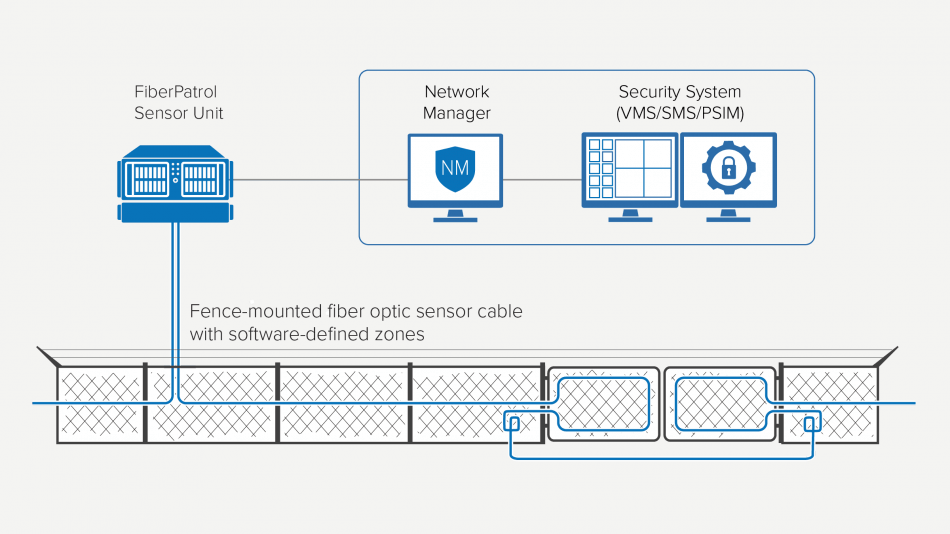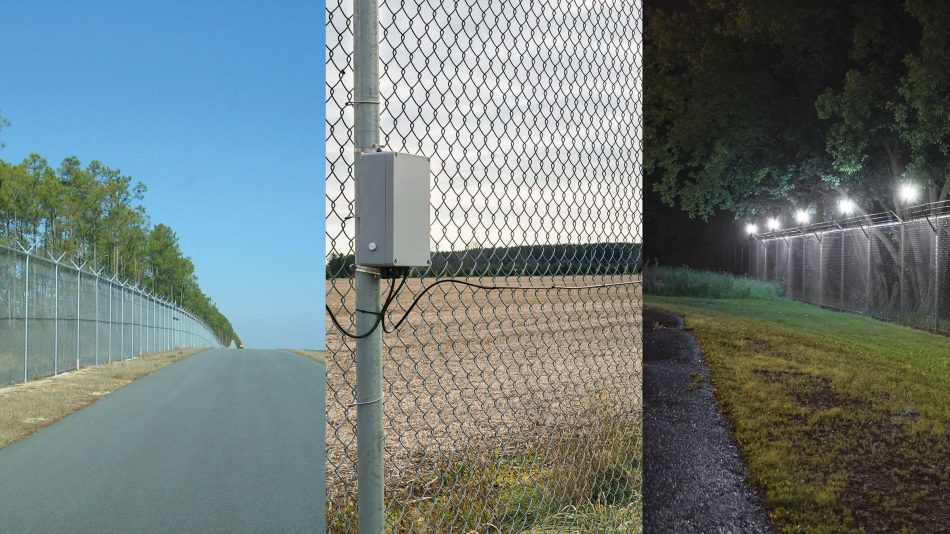Why Fiber Optic Safety Systems Are the Future of Defense
The change to fiber optic security systems notes a substantial advancement in the realm of security, driven by their extraordinary information transmission capabilities and resilience to exterior interferences. These systems not just help with faster and more trusted communication however additionally provide an affordable remedy with lowered upkeep requirements. As the landscape of security progresses alongside arising innovations such as AI and IoT, the possibility for optical fiber to improve and redefine safety facilities comes to be progressively apparent. However, the effects of these innovations raise crucial questions about the future of safety measures and their effectiveness in an ever-changing environment.
Advantages of Fiber Optic Equipments
One of the primary benefits of fiber optic systems is their superior bandwidth ability, which promotes the transmission of huge quantities of information over long distances without substantial loss. This characteristic is especially helpful for protection applications that call for the constant monitoring and transfer of high-definition video clip feeds, sensor data, and various other important info. Fiber optics can suit the expanding demands of modern-day safety systems, guaranteeing that data continues to be intact and dependable.
Additionally, fiber optic wires are less susceptible to electro-magnetic interference, which can be a considerable concern in atmospheres with various digital devices. This resistance boosts the stability of the information being transferred, thereby decreasing the danger of data violations or system failures. Furthermore, fiber optic systems are naturally much more safe and secure than standard copper cords, as using a fiber optic line without discovery is extremely hard.
The durability of fiber optic cords additionally adds to their allure. They are resistant to environmental variables such as moisture and temperature level variations, decreasing upkeep prices and increasing system durability. On the whole, these benefits position fiber optic systems as a robust and reliable selection for modern safety frameworks, making certain dependable and safe information transmission.
Boosted Data Transmission Speed

The ability to transfer huge quantities of information promptly facilitates the seamless combination of high-definition video clip feeds and progressed analytics. Protection systems can currently process and analyze information in real-time, improving reaction times and situational understanding. Furthermore, fiber optic connections support longer transmission distances without degradation of signal quality, making them perfect for extensive safety and security networks.
The enhanced speed of fiber optic systems not only enhances the efficiency of security operations yet additionally minimizes latency. This is particularly essential in crucial circumstances where timely decision-making can prevent protection violations or alleviate prospective risks. As organizations continue to focus on security and effectiveness, the demand for rapid and trusted information transmission will most certainly strengthen fiber optic systems as a foundation of contemporary security framework.
Resistance to Disturbance
Fiber optic safety systems regularly demonstrate exceptional resistance to electro-magnetic disturbance, a vital advantage in settings vulnerable to electronic noise. Unlike typical copper wires, which can be adversely impacted by electromagnetic areas, radio regularity disturbance, and other kinds of electric disruption, fiber optic cords use light to send data. This inherent home makes certain that the signals remain clear and unchanged, no matter bordering electronic task.
The use of glass or plastic fibers in fiber optic innovation produces an obstacle against interference, permitting trustworthy data transmission also in tough situations such as commercial facilities, metropolitan locations with high electronic web traffic, or areas near radio towers. This characteristic dramatically decreases the chance of signal deterioration or loss, making fiber optic systems specifically suitable for safety applications where honesty and accuracy of data are paramount.
Additionally, this resistance to disturbance enhances the general efficiency and reliability of protection systems, guaranteeing that tracking and sharp systems function effortlessly. In a globe where safety and security is significantly threatened by advanced innovations, the strength of fiber optic systems stands out as an essential attribute, enhancing their status as a crucial component of contemporary safety and security facilities.
Cost-Effectiveness Over Time
Significant expense financial savings can be attained in time with the implementation of fiber optic safety and security systems. While the preliminary investment may seem higher compared to traditional copper-based systems, the long-term economic advantages emerge via minimized functional and maintenance costs (fiber security). Fiber optic cables are inherently extra sturdy and much less prone to ecological elements, which translates to lower substitute and repair service costs over their life expectancy
Moreover, fiber optic systems need less power to operate, which better reduces power expenses. Boosted data transmission capacities permit less repeaters and amplifiers, minimizing devices investment and improving installment processes. The scalability of these systems additionally adds to cost-effectiveness, as organizations can expand their safety and security framework without incurring considerable extra expenses.
One more factor to think about is the enhanced performance in monitoring and action abilities that fiber check optics supply. Boosted real-time information transmission can cause quicker occurrence reaction times, potentially mitigating losses official website and liabilities related to security violations. In amount, the long-lasting benefits of fiber optic security systems not just warrant the initial expense however additionally place them as a financially prudent selection for companies looking for robust defense options.

Future Advancements in Safety
Progressing modern technologies are established to change security systems, integrating expert system (AI) and machine knowing to improve hazard discovery and action capacities. These developments will certainly permit security systems to evaluate huge quantities of information in real-time, determining patterns and anomalies that show possible threats. This proactive approach will enable faster decision-making and a lot more efficient occurrence actions.
In addition, the unification of the Internet of Things (IoT) is leading the way for interconnected protection tools, offering extensive surveillance and surveillance. Smart sensors can relay information concerning environmental changes, while automated alerts can notify security workers quickly of suspicious activities.
Moreover, the development of biometric innovations will certainly even more strengthen security devices. Face acknowledgment, fingerprint scanning, and retina recognition are coming to be more innovative, supplying layers of authentication that are tough to bypass.
Final Thought
In final thought, fiber optic safety systems stand for a considerable advancement in defense innovation, providing exceptional information transmission speed, resistance to electro-magnetic disturbance, and long-term cost-effectiveness. As the demand for sophisticated safety remedies remains to expand, the integration of optical fiber with emerging innovations such as AI, IoT, and biometrics will further improve protection facilities (fiber security). The mix of these advancements will make certain a more safe and secure and responsive environment, strengthening fiber optics as look at more info a cornerstone of future safety and security systems